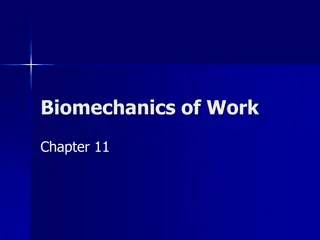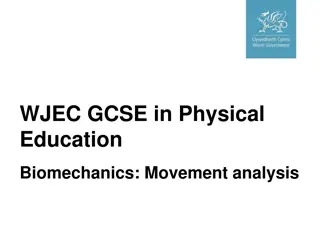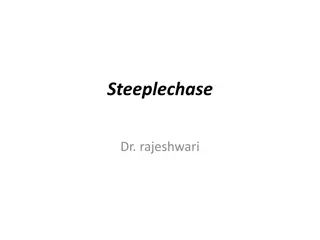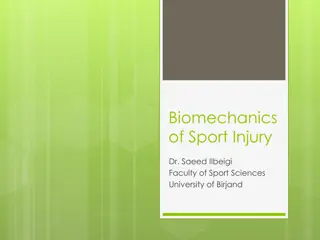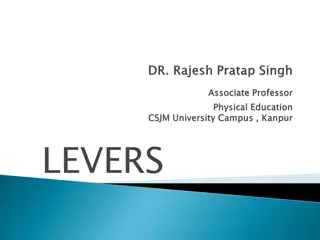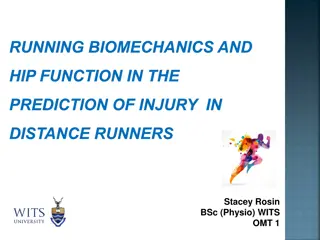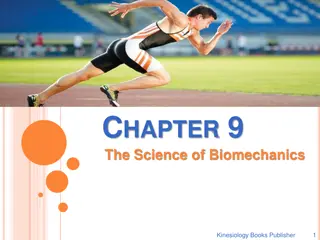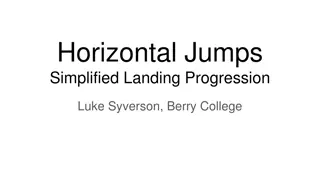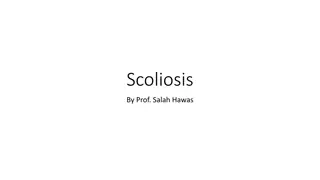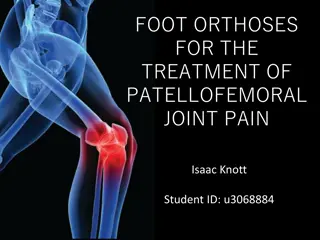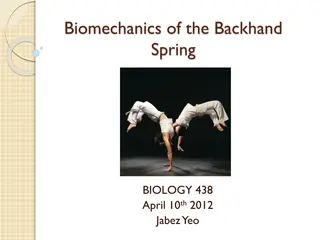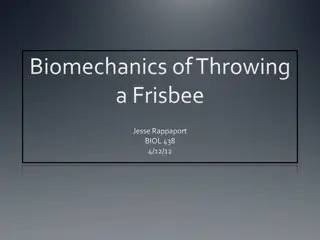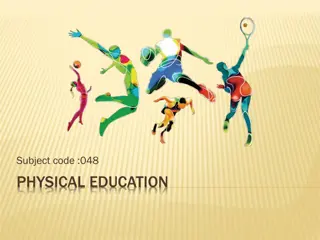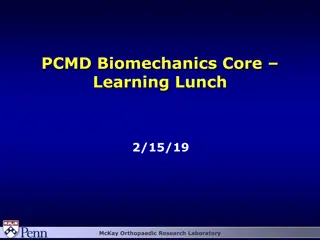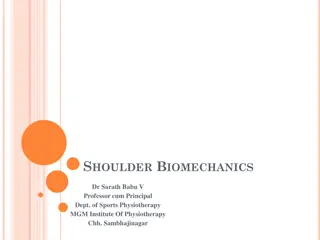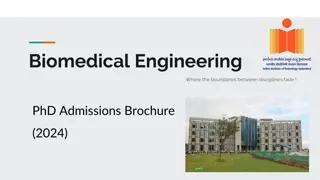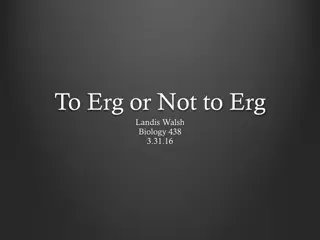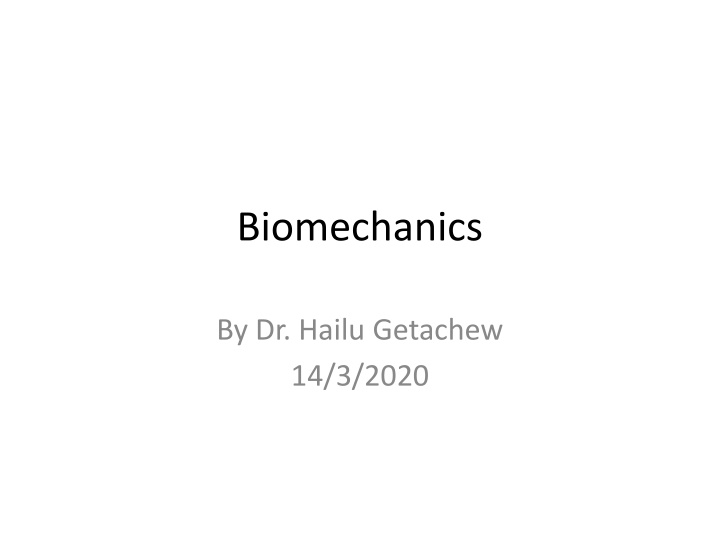
Exploring Biomechanics in Human Anatomy and Motion
Discover the intricacies of biomechanics through Dr. Hailu Getachew's course on musculoskeletal anatomy, joint mechanics, and human motion dynamics. Dive into the structure, function, and adaptation of major tissues and organs, examining the fundamental strength of biological materials. Engage in discussions on the definition and benefits of biomechanics for engineers while exploring over 600 muscles in the human body and major skeletal muscle groups.
Download Presentation

Please find below an Image/Link to download the presentation.
The content on the website is provided AS IS for your information and personal use only. It may not be sold, licensed, or shared on other websites without obtaining consent from the author. If you encounter any issues during the download, it is possible that the publisher has removed the file from their server.
You are allowed to download the files provided on this website for personal or commercial use, subject to the condition that they are used lawfully. All files are the property of their respective owners.
The content on the website is provided AS IS for your information and personal use only. It may not be sold, licensed, or shared on other websites without obtaining consent from the author.
E N D
Presentation Transcript
Biomechanics By Dr. Hailu Getachew 14/3/2020
Course Outline Musculoskeletal Anatomy, Basic Statics and Joint Mechanics (elbow, shoulder, spine, hip, knee, ankle) Basic Dynamics to Human Motion: Review of linear and angular kinematics; Kinetic equations of motion; Work & energy methods; Momentum methods; Examples in biomechanics; Modern kinematic measurement techniques; Applications of human motion analysis Structure, Function, and Adaptation of Major Tissues and Organs: Bones, Cartilage, Ligaments, Tendons, Muscles, Skin, Heart, Artery, Vein, Lung, Liver, Kidney, Intestine Fundamental Strength of Materials in Biological Tissues: Introduction to Viscoelasticity and Comprehensive Review
Todays Discussion Introduction Musculoskeletal Anatomy
Introduction Definition of biomechanics discussion with students . previous experience of the students in the field Its benefit for engineers what do the students expect from the course? how do the students like the course to be conducted? Availability and accessibility of biomechanics laboratory in the institution or any other related institution .
Principal planes of the human body Torso is used as a reference
Musculoskeletal Anatomy Muscle Group >600 muscles in human body Types: Cardiac muscles (heart) Smooth muscles (in stomach, intestinal tracts, blood vessel wall) Skeletal muscle ( connected to bones)
Musculoskeletal Anatomy (cont) Major Skeletal Muscles


